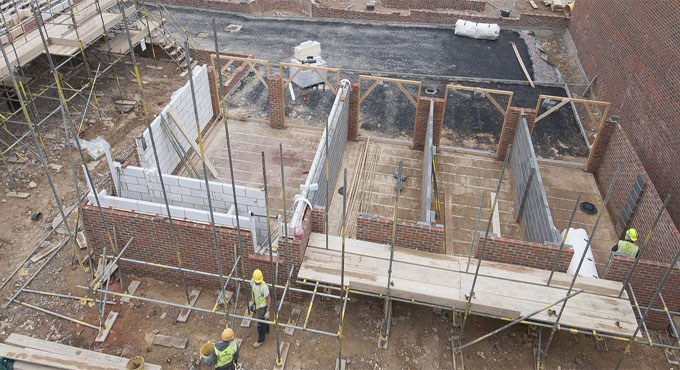
The details about lightweight concrete floor systems
Lightweight concretes may vary from lightweight aggregate concrete, foamed concrete or autoclaved aerated concrete (AAC). Lightweight concrete blocks are frequently utilized in house construction.
Lightweight concrete floor offers more streamlined strength-to-weight ratio in concrete floor systems with regard to other traditional concrete floor systems. Though the cost of lightweight concrete floor systems is little higher but less quantity of concrete and steel reinforcement are required for this type of concrete system.
The prime objective of these floors is to minimize the dead loads on the structure. On the basis of the needs of the structure, various types of lightweight concrete floor systems are available. The most recognized floor systems are solid lightweight concrete floor and composite lightweight concrete floor.
The thickness of lightweight concrete floor plays an important floor to fulfill the requirements and specifications of the structure. The least thickness of lightweight concrete floor system is determined by the Specifications of American Concrete Institute (ACI 318-14).
Applications of Lightweight Concrete Floors
1. The applications are found in different sectors like Steel frame office, Commercial buildings, Industrial buildings and warehouses, Leisure buildings, Hospitals, Schools, Cinemas, Individual houses, Residential buildings, Refurbishment projects etc.
Types of lightweight concrete - The following types of lightweight concrete systems are generally found :
1. Lightweight Aggregate Concrete: The formation of lightweight aggregate concrete is equivalent to traditional concrete, but parts or all quantity of coarse aggregate are substituted with lightweight aggregate.
2. Foam Lightweight Concrete: It comes with strong mechanical strength and low thermal conductivity. Foam concrete comprises of confined air pockets and as a result its weight is decreased significantly that contributes to minimize the floor cost greatly. It is intended for creating filling and levelling layers of floors in industrial buildings and other civic structures.
3. Polystyrene Lightweight Concrete: The polystyrene lightweight concrete contains the similar density, compression strength, and thermal conductivity as foam concrete. The polystyrene lightweight concrete is mainly used to make the construction of gradient and thermal insulating layers of flat roofs strong.
The advantages of employing lightweight aggregate concrete are given below :
? Decline in dead loads leads to savings in foundations and reinforcement.
? Greater thermal properties.
? Superior fire resistance strength.
? Savings in transporting and operation of precast units on site.
? Cutback in formwork and propping


